Electronic instruments have come a long way since New Order sequenced Blue Monday using binary code. Now it’s all quantised beats, USB-C, and expensive noise-cancelling headphones. And if you’re in the market for modern melodies, these are the machines you need.
From MIDI keyboards to beat pads, below you’ll find an orchestra of tools for making electronic music. Whether you’re tinkering with your first track or ready to lay down another lo-fi banger, the kit listed here will help you sample, sequence and synthesise your way to a smash hit. Or at least something worth sharing on SoundCloud.
Don’t know your MIDI DIN from your MIDI in? We’ve also broken down some electronic lingo to help you out. Give it a read, and you’ll know your controllers better than Jean-Michel Jarre knows his laser harp.
Why you can trust Stuff: Our team of experts rigorously test each product and provide honest, unbiased reviews to help you make informed decisions. For more details, read how we test and rate products.
The best electronic instruments you can buy today:
1. Native Instruments Maschine Mikro
Amadeus never needed drum pads. Then again, Wolfgang didn’t do trip-hop beats. If your unfinished symphony is more Massive Attack than Mozart, try this groovebox.
Colour-coded pads help you compose percussion parts with targeted taps, while a Smart Strip lets you mix up your kicks with Perform FX. Plus, the Maschine software has more instruments than an orchestra.
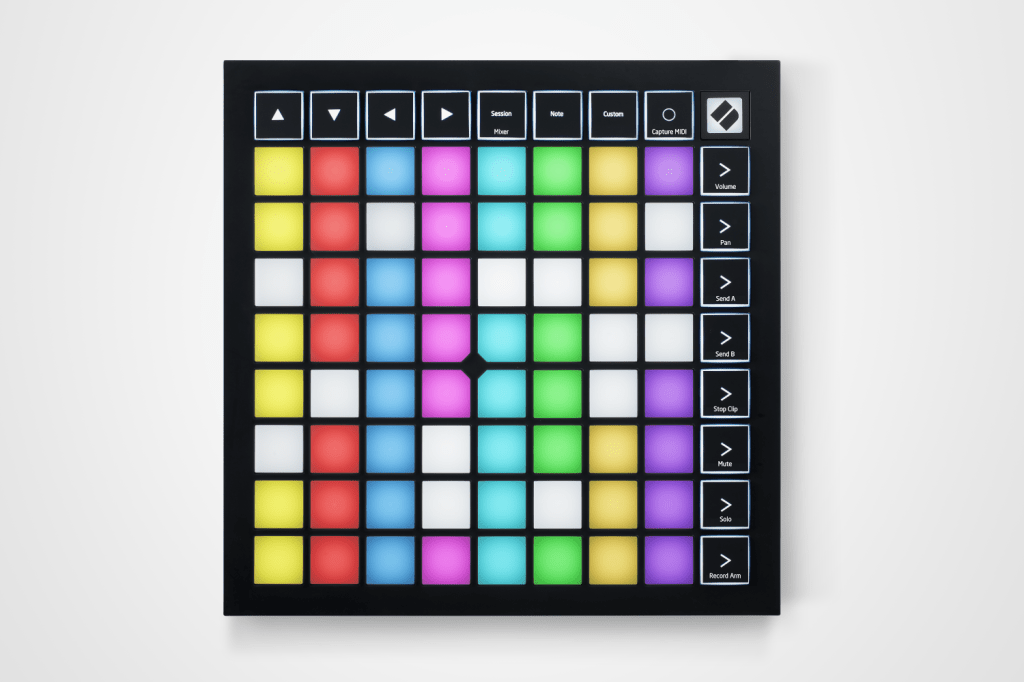
2. Novation Launchpad X
You need light and sound for a desktop disco. Luckily, this rainbow grid does both. Like a dancefloor for your fingers, the 64-pad plinth lets you paint your tunes with RGB pixels.
Designed for Ableton Live, it also functions as a fully mappable MIDI controller. Tap out patterns on the velocity-sensitive squares, and the capture mode will ensure you never miss a beat.
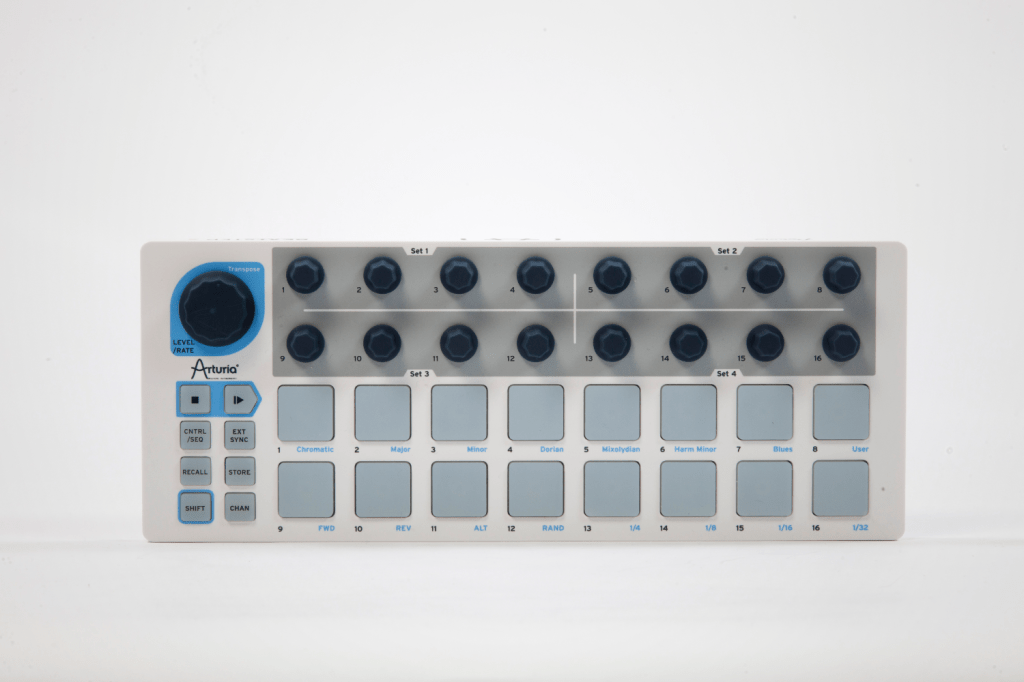
3. Arturia BeatStep
Sometimes the biggest beats start with something small. Don’t let its stature fool you: this compact controller can do it all. Use its pressure-sensitive pads for finger drumming or switch to sequencer mode to create 16-step patterns.
Matching pitch knobs give you granular command of every note, while iPad connectivity means your rhythm isn’t tied to a desk.
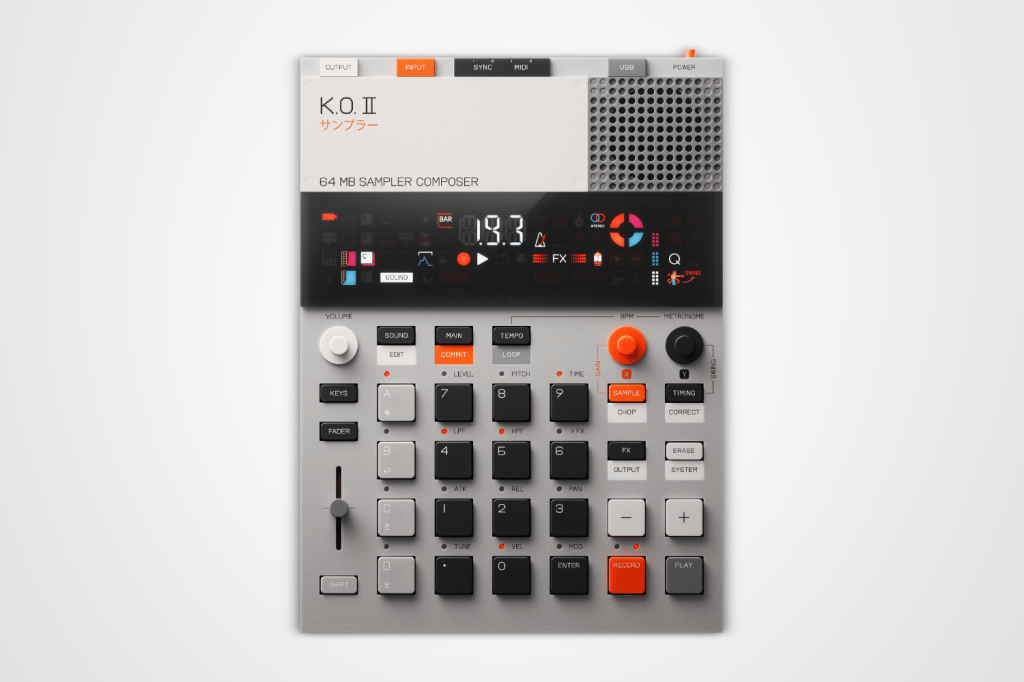
4. Teenage Engineering EP 133 K.O. II
The music man might be able to play the piano, but can he record a dog’s bark and sequence it into a drum and bass banger? Probably not, but this distinctive sampler can.
Styled like a Lego answering machine and just as fun to play with, battery power and a built-in mic mean it’s made for going walkabout. Punch-in effects let you mangle samples on the fly, too.
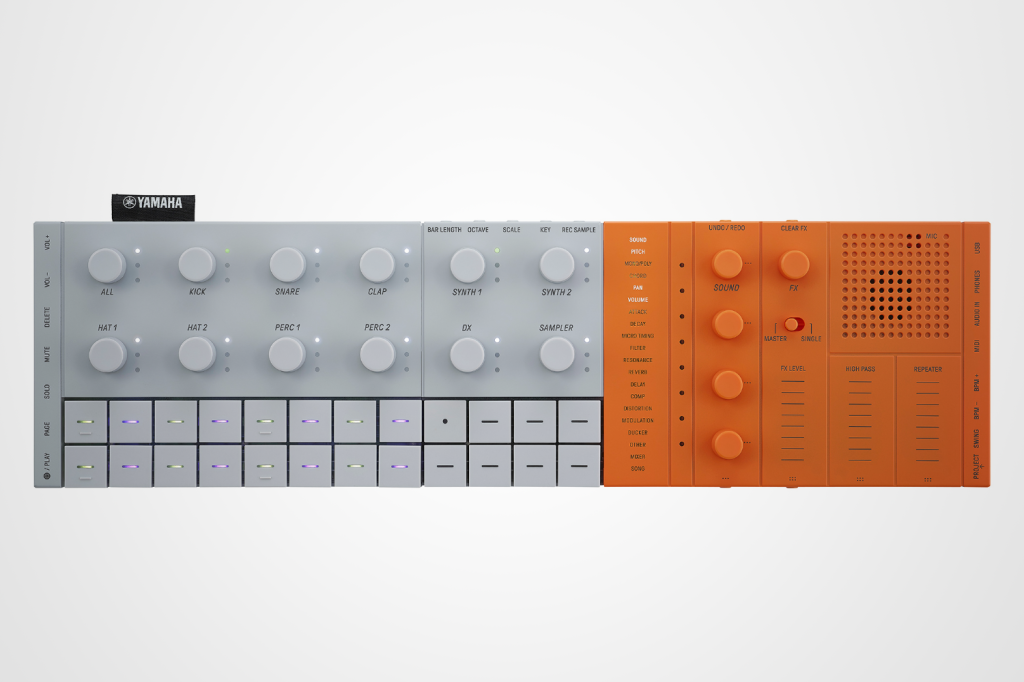
5. Yamaha SEQTRAK
You could build a studio in your shed. Or for a portable production setup, try this Yamaha hybrid. Part sampler, part sequencer, part synth – plus a sound effects section: the SEQTRAK is a self-contained station for crafting electronic jams.
Lightweight but heavy on features, it includes a library of 2000 presets. There’s even an integrated speaker for impromptu gigs.
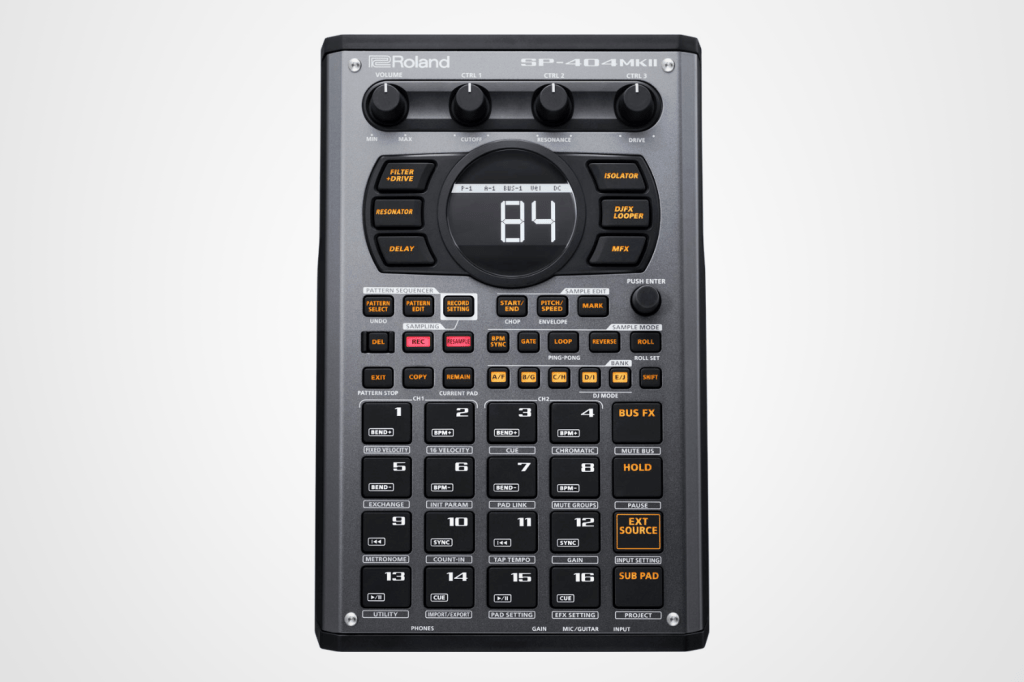
6. Roland SP-404MKII
It might look like a hardcore calculator, but this button box is actually built for crunching notes, not numbers. Tough enough for any beat battle, its hands-on interface and signature sounds have made the SP a cult hit with DIY musicians.
An OLED display makes it easier to layer loops, stack effects and slice samples in real time, which is a lot more fun than solving equations.
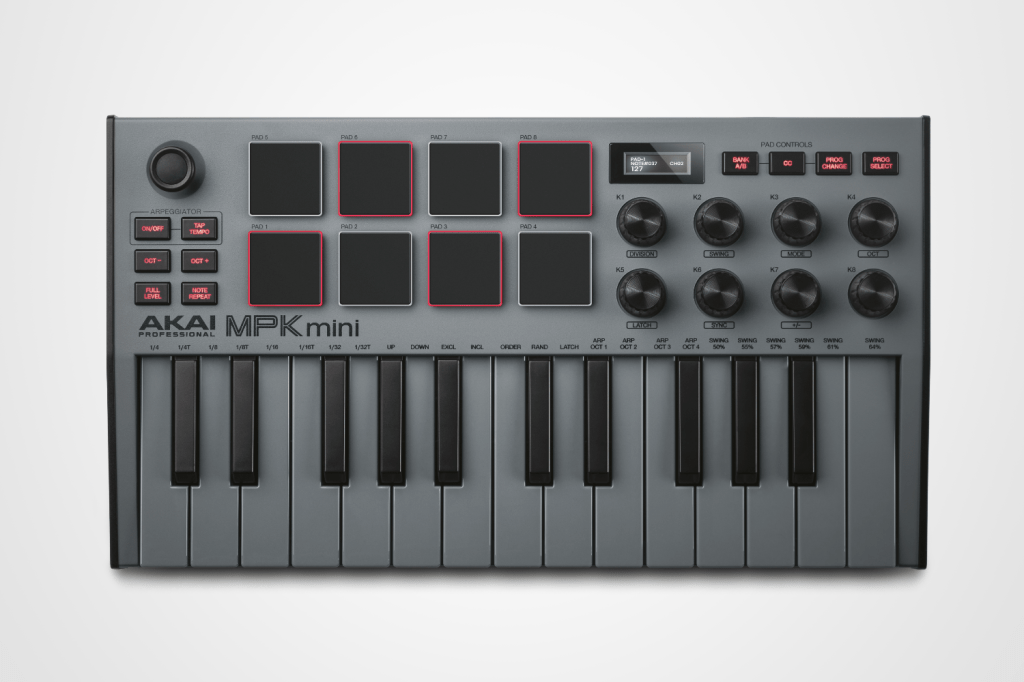
7. Akai Professional MPK Mini MK3
The Swiss Army doesn’t need a MIDI controller. If it did, this would be the one. A fun-sized performer you can play several ways, it’s a versatile utensil for tinkering with tunes.
The 25 mini keys keep your fingers busy, along with eight pads, a pitch stick and a built-in arpeggiator. Assignable knobs complete the ensemble. The only thing missing is a bottle opener.
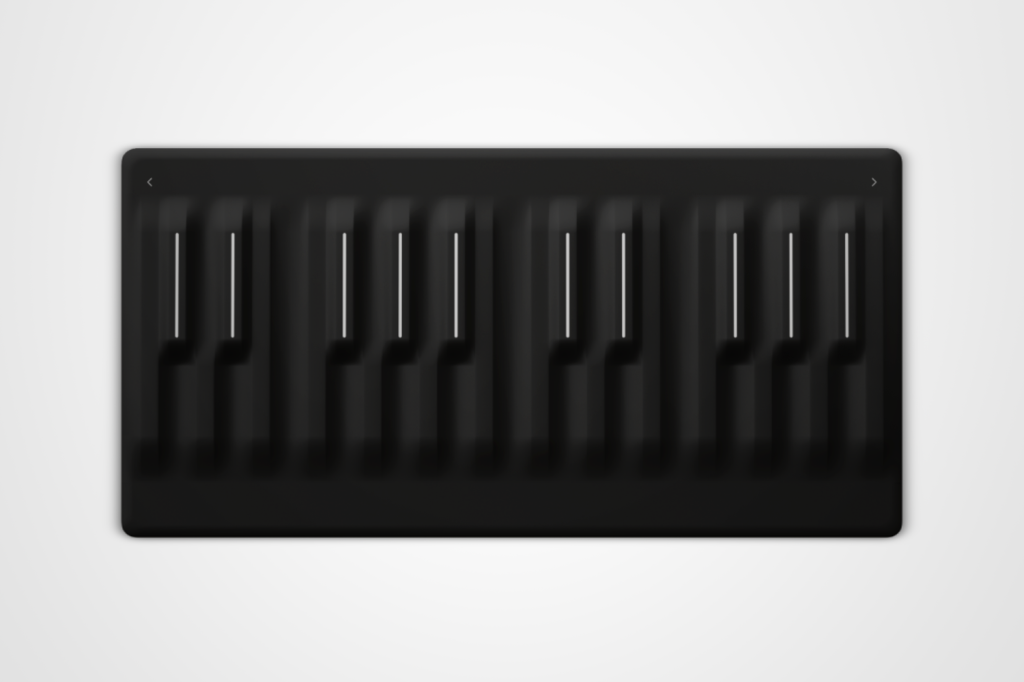
8. Roli Seaboard M
When is a mini keyboard not a keyboard? When it’s a haptic slab of sonic expression. Swapping regular keys for a responsive playing surface, the smallest Seaboard lets you glide, slide and press your way to organic sounds that a pitch wheel could only dream of – from swelling synths to string vibrato.
Need more range? Magnetic connectors let you attach additional boards for extra octaves.
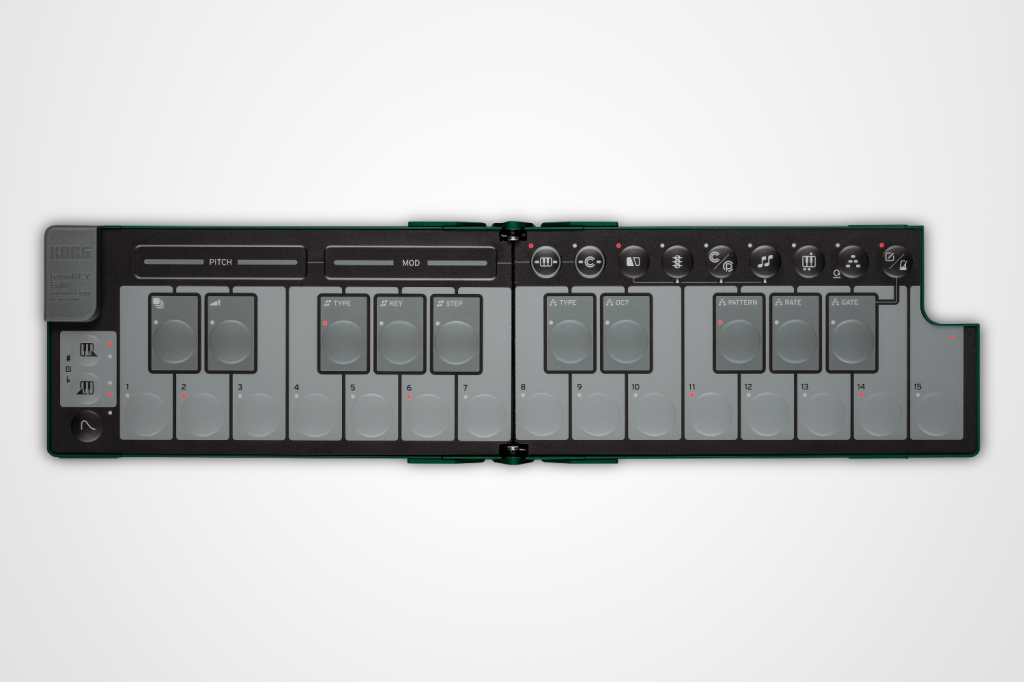
9. Korg nanoKEY Fold
Even composers need a summer break. Pack this travel-sized MIDI keyboard for tunes wherever your next tour takes you. Lightweight at just 126g, the flat-pack piano folds in half without sacrificing features.
25 silent membrane keys mean you can rehearse without disturbing fellow passengers, while a pair of touch sliders let you perfect your melodies, whether you’re taking them to Malibu or Ibiza.
How to choose the best electronic instrument
Looking to buy the best electronic instrument but don’t know where to start? Here are some things to consider:
- Pads: Want to finger drum like Fred Again? Pick a tool with percussive pads. Some are velocity-sensitive for responsive beats, while others have RGB backlighting for better visual feedback when you’re deep in the groove.
- Keys: MIDI keys come in different renditions, from plasticky plonkers to pressure-sensitive sets. If you play piano, you’ll want ivories with proper travel. If you just need to trigger chords, a lighter touch will do.
- Connectivity: USB-C, MIDI DIN, CV/GATE: connectivity can make or break your setup. Check what language your gear speaks before shelling out. Some instruments double as audio interfaces, with input ports for mics and other sources.
- Software: Not all tools are plug-and-play. Some need a digital audio workstation (DAW) to function. If you prefer jamming to programming, pick one with built-in brains so you can noodle without a laptop.
Now check out Stuff’s guide to the best creative control panels.



